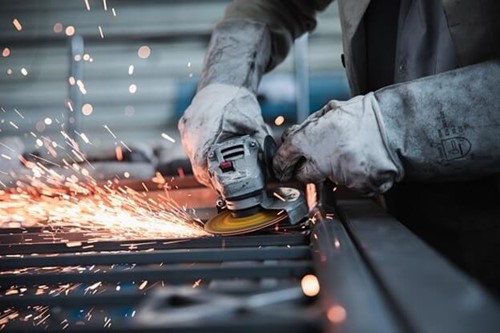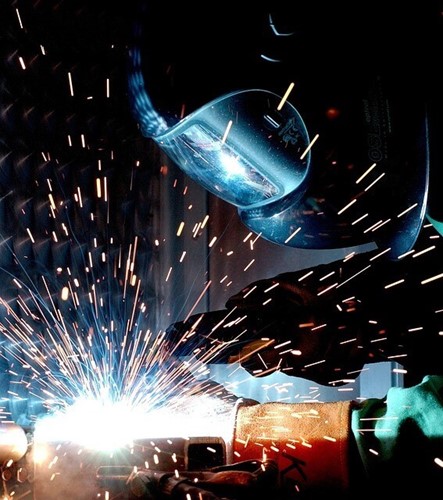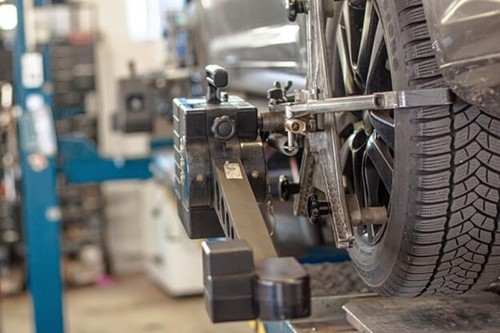As an employer, you have a duty of care to keep your employees safe while they’re in the workplace. This includes doing what is reasonably practical to prevent injuries when carrying out manual handling.
You must perform a manual handling risk assessment regularly and implement any protective measures where practical. Failure to ensure the health & safety of your employees can lead to consequences such as a negligence claim being made against you. This can come with serious fines to pay, or even a custodial sentence if criminal charges are brough.
In this guide, we'll discuss what a manual handling risk assessment is, how to carry one out, and when you need to conduct risk assessments in your company.
What is manual handling?
Manual handling is a task that involves any element of lowering, pushing, lifting, or carrying a load by bodily force or repetitive actions of awkward postures over time.
As an employer, you have a duty to protect your employees if they need to carry out any of the above actions. This is done via a manual handling risk assessment.
What are the manual handling risks?
There are many known injuries related to manual handling activities. They can be caused by carrying both heavy and light loads, if the task is repeated, or carried out in poor conditions.
As an employer, you need to be aware of them all.
They are:
- Musculoskeletal disorders, such as pain and injuries to arms, legs, or joints.
- Back injuries.
- Strains and sprains.
- Hand injuries.
- Slips, trips, and fall injuries.
- Foot injuries.
What is a manual handling risk assessment?
A manual handling risk assessment is a way to identify and assess the possible risks that can happen during manual handling tasks.
They are used to identify and reduce the injury risks from lifting and moving heavy loads.

Why is a manual handling risk assessment important?
A risk assessment is vitally important to avoid injuries from manual handling tasks.
As an employer, you have a responsibility to ensure the health, safety and well-being of all your staff members.
The Manual Handling Operations Regulations 1992 specify that it's the employer's responsibility to ensure adequate safeguards are in place regarding manual handling.
They also state that in the first instance, employers should avoid hazardous manual handling operations where possible.
Who is responsible for carrying out manual handling risk assessments?
Although risk assessments at work are the responsibility of the employer, you can appoint a competent person to carry them out.
This person must have sufficient training and experience in carrying out other risk assessments throughout your company.
As an employer, you must understand how to carry out manual handling risk assessments.

How to carry out a manual handling risk assessment
The process of carrying out a risk assessment for manual handling is known as the acronym "tile". Tile stands for task, individual, load, and environment. So, let's discuss each step in more detail.
Task
Assess and determine the risks involved with each manual handling task. If the risk factors involve any twisting, stooping, pushing, bending, pulling, or team handling then there is a potential risk of injury.
Whilst assessing manual handling tasks, ensure you speak with your employees. That'll give you more of an idea of how they carry out their work activity daily.
Individual
This step is when you consider the physical capabilities of the employees carrying out the tasks.
You must take into consideration employees who have an injury or disability. Be aware that you may need to carry out a separate risk assessment to identify the potential risks for pregnant workers.
Load
This is the part of the assessment where you assess the object or load that is being moved, and the hazards involved.
You must think of the following areas:
- If the load is too heavy to lift or carry.
- If the load is too difficult to grasp.
- If the load is hot or cold.
- If the contents of the load could move whilst being carried.
Environment
You should always consider the area where the load is being handled or carried. You should try and answer the following questions during your assessment:
- Is there enough space to move the load?
- Are there any trip hazards?
- Is there a risk of slipping on the floor surfaces whilst moving the load?
- Is the lighting sufficient enough to carry the load?
Answering the above questions will help go a long way to ensuring the safety of your employees whilst moving heavy loads.
What should you do with the results of the risk assessment?
Once you have the results, you must take steps to reduce the risks identified. These are known as control measures.
Examples of these control measures are:
- Installing mechanical aids to reduce the need for manual handling.
- Investing in handling aids such as trolleys or personal protective equipment (PPE).
- Redesigning work processes to eliminate the risks of carrying loads over long distances, for example across sites.
- Removing any potential obstacles across site.
- Make loads smaller or lighter, keeping loads at floor level and away from shoulder height.
Once you have implemented the changes across the site, make your employees aware.

When should you carry out manual handling risk assessments?
The Health and Safety Executive (HSE) stated employers should carry out new risk assessments "every time there are new machines, substances, and procedures used which could lead to new hazards and risk factors".
Every time your manual handling activities change, you should carry out a new risk assessment.
Is manual handling training required after a risk assessment?
Yes, health & safety training is a legal requirement for all businesses in the UK.
So every time you carry out a new assessment, you should provide refresher safety training for your employees. Training should be provided for existing staff as well as any new starters you have.

What happens if you don't carry out a manual handling risk assessment?
If you don't carry out a risk assessment, your employees may suffer manual handling injuries.
If an injury is suffered due to a lack of training or control measures, you may be found guilty of breaching health & safety regulations. If this is the case, you may face prosecution and potential financial damages to pay or depending on the seriousness of the injuries - even a custodial sentence.
Receive expert advice on risk assessments with Peninsula
As an employer, you have a duty of care to keep your employees safe at all times. So you must take the best safety measures when it comes to manual handling.
You must perform a manual handling risk assessment regularly, and implement any protective measures where possible. Failure to ensure the health & safety of your employees can lead to consequences such as a negligence claim being made against you, with serious fines to pay.
Peninsula offers 24/7 Health & Safety advice which is available 365 days a year. Want to find out more? Contact us on 0800 029 4376 and book a free consultation with one of our Health & Safety consultants.
